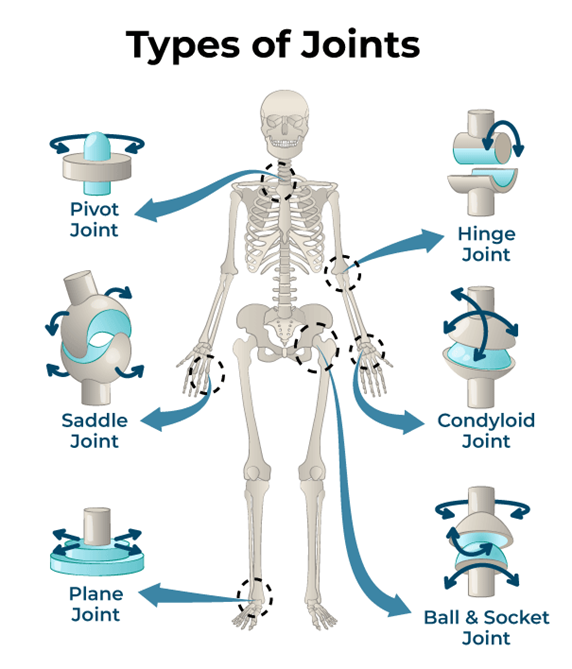The nurse in a skilled nursing facility observes a colleague leaving printed electronic medical record (EMR) copies of a client unattended on a counter top. Which action should the nurse implement?
Warn the colleague that copying health information is unlawful.
Send an email to facility administrators reporting the action.
Communicate the colleague's activities to the unit charge nurse.
Dispose the copies and continue with client care assignments.
The Correct Answer is C
A. Warn the colleague that copying health information is unlawful:
While informing the colleague about the unlawful nature of copying health information is important, it may not adequately address the potential breach of patient privacy and confidentiality. Additionally, the colleague may be aware of the laws but still engage in inappropriate behavior.
B. Send an email to facility administrators reporting the action:
Reporting the colleague's actions to facility administrators may be necessary, but it may not be the most immediate action to take. Informing the unit charge nurse allows for more immediate intervention and resolution within the unit.
C. Communicate the colleague's activities to the unit charge nurse:
This is the most appropriate action because it informs the person in charge of the unit about the observed behavior, allowing for immediate intervention and potential corrective action. The unit charge nurse can address the situation promptly and ensure that patient privacy and confidentiality are maintained.
D. Dispose the copies and continue with client care assignments:
While disposing of the copies may prevent further unauthorized access to patient information, it does not address the issue of the colleague's inappropriate handling of the records. It's essential to report the incident to the appropriate authority for further investigation and follow-up.
Nursing Test Bank
Naxlex Comprehensive Predictor Exams
Related Questions
Correct Answer is A
Explanation
A. A well approximated incision site:
A properly healing surgical incision typically appears well approximated, meaning the wound edges are closely aligned and held together with sutures or staples. This indicates that the wound is healing as expected and that the risk of infection and complications is minimized.
B. Erythema and serosanguineous exudate:
Erythema (redness) and serosanguineous exudate (pinkish fluid composed of serum and blood) can be normal findings in the early stages of wound healing, but they may also indicate inflammation or infection if they persist or worsen over time.
C. Eschar and slough in the wound:
Eschar (dead tissue) and slough (yellow or white necrotic tissue) are signs of tissue necrosis or delayed wound healing. They indicate that the wound is not healing properly and may require intervention such as debridement to remove dead tissue and promote healing.
D. Beefy red granulation tissue:
Beefy red granulation tissue is a sign of the proliferative phase of wound healing and indicates that the wound is healing from the bottom up. While granulation tissue is a positive sign of healing, it typically appears later in the healing process rather than one week post-surgery.
Correct Answer is C
Explanation
A. Turn the head to the right and left:
Turning the head involves rotation of the cervical spine, which primarily consists of pivot joints rather than hinge joints. This action is more relevant to the movement of pivot joints.
B. Extend the arm at the side and rotate in circles:
Extending the arm and rotating it in circles primarily involves the movement of ball-and-socket joints, such as the shoulder joint, rather than hinge joints.
C. Bend the arm by flexing the ulna to the humerus:
This action involves bending the arm at the elbow joint by flexing the ulna (forearm bone) towards the humerus (upper arm bone). The elbow joint is a hinge joint, allowing primarily flexion and extension movements.
D. Tilt the pelvis forwards and backwards:
Tilting the pelvis forwards and backwards primarily involves the movement of ball-and-socket joints in the hip area, rather than hinge joints.

Whether you are a student looking to ace your exams or a practicing nurse seeking to enhance your expertise , our nursing education contents will empower you with the confidence and competence to make a difference in the lives of patients and become a respected leader in the healthcare field.
Visit Naxlex, invest in your future and unlock endless possibilities with our unparalleled nursing education contents today
Report Wrong Answer on the Current Question
Do you disagree with the answer? If yes, what is your expected answer? Explain.
Kindly be descriptive with the issue you are facing.
